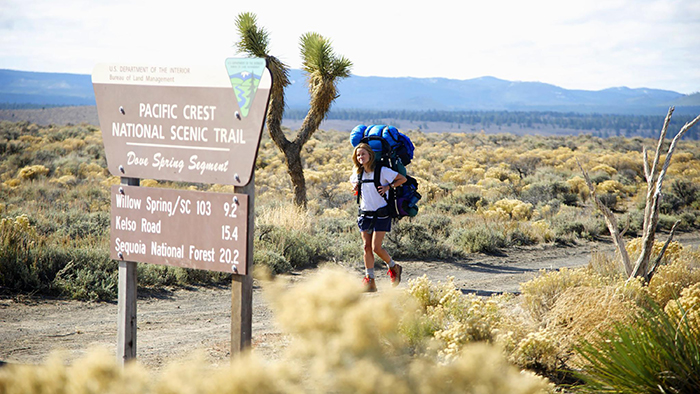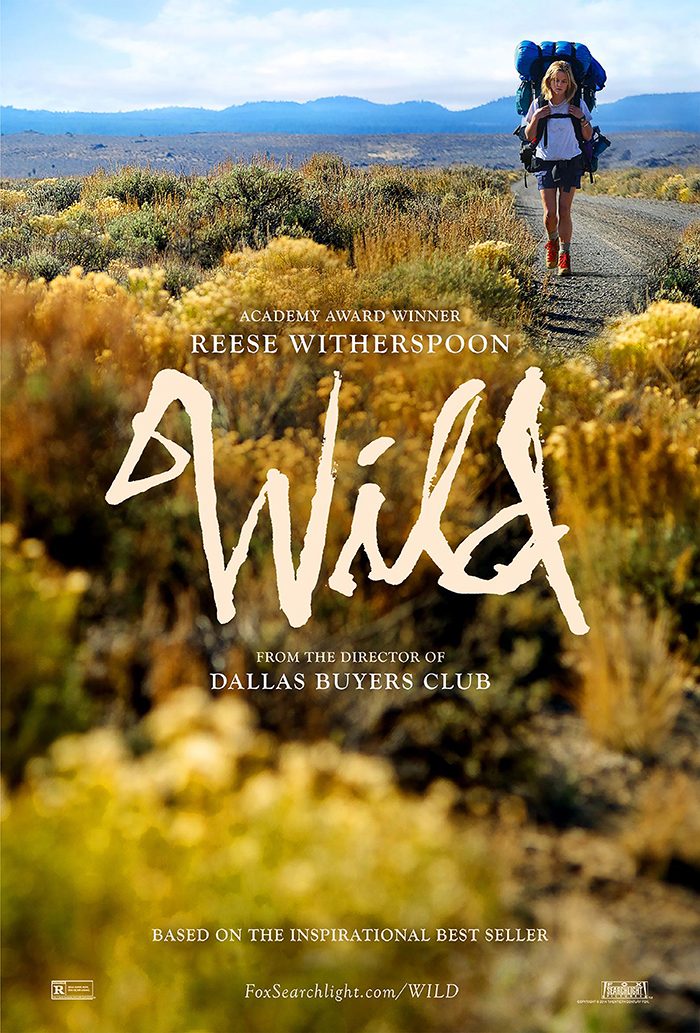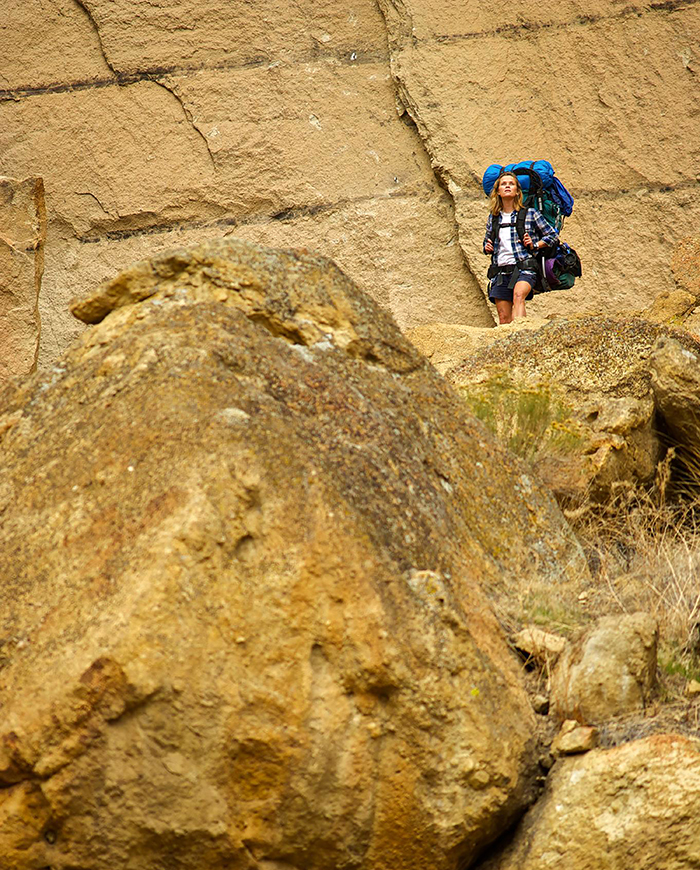Wild does present a closer to reality view of how it really looks when a person goes on to face the outdoors. Sure, to some of us who haven’t experienced it seems to be majestic, a cakewalk even. But, the characters supporting Cheryl Strayed (Reese Witherspoon) on her journey in the Pacific Crest Trail seemingly has no idea of the hardship she has to face.
And this is where Wild seems to add more truth – we see Strayed’s former husband sending her provisions (which is not a bad thing) but he also goes out of his way to send her letters saying how proud she is and the voiceovers of these letters seem clueless or apathetic to the challenges the protagonist faces such as the wrong equipment, carrying more than she could bear and last but not the least, harassment some members of the male population present in the film which I would like to discuss in depth later.

First, the motivation; the film does a really good job in establishing the protagonist’s motivations. There are flashbacks and visual illusions scattered throughout the film that remind the audience of how her life used to be. Vallée’s implementation of this technique served its purpose which is to allow the audience to relate and connect with the character and not just dismiss her as some “person with issues that is literally taking a hike.” Throughout the film, we walk beside a character that has experienced events some of us might have gone through – loss, sadness, misdirection and as the film progresses we also experience the same liberating feeling that our protagonist shows.

One of the things that is quite likeable of the film is its superb cinematography. Some of the scenes in the film hearken back to the photos of renowned photographer Ansel Adams. The vistas shown of the Pacific Crest Trail are completely astounding. While it does start slow in the beginning at the Mojave Desert, there are little bits of beauty to be found in the open farmlands early on in the film.
Delving deeper, I cannot help but notice the feminist undertones presented in the film. Sure, we see Strayed as independent from the patriarchy most of the time but there are some aspects in the film which still touch on her “fragile” nature as a woman. One of these includes the scene with the hunters where all of a sudden in the course of the film; the audience encounters a familiar trope in most films – the damsel in distress. But the way Wild implements it is by taking a step back and not letting anything happen, only inspiring fear. It is quite disappointing in a sense and looking at it, it seems that the film is forcing the idea of Cheryl running away from the bad experience with men and not her more personal issue with her parents in the forefront – which it unsuccessfully does as proven by the end of the film. There is also the presence of the Michael Huisman who seems to appear as a stock character and only adds to the proof that Cheryl is still a woman which goes entirely against the film.

That being said, despite some hiccups in terms of undertones, the film is very empowering and recommended viewing for the soloists – men and women alike out there. It provides a gritty, realistic view of what really happens in a hike if one (or in the Cheryl’s case, more) are not what they should be like gear choice for example. But Wild really shines in terms of its superb cinematography as well as how the scenes were laid out perfectly, the flashbacks being sandwiched perfectly to move the narrative forward. In the end, it’s both an educational and inspiring flick about what the outdoors really does for some of us – a means of finding solitude and peace of mind.
Film: Wild (2014)
Director:Jean-Marc Vallée
Starring: Reese Witherspoon, Laura Dern, Thomas Sadoski and Keene McRae
Words By: Keith Perena
Photos By: Fox Searchlight Pictures

